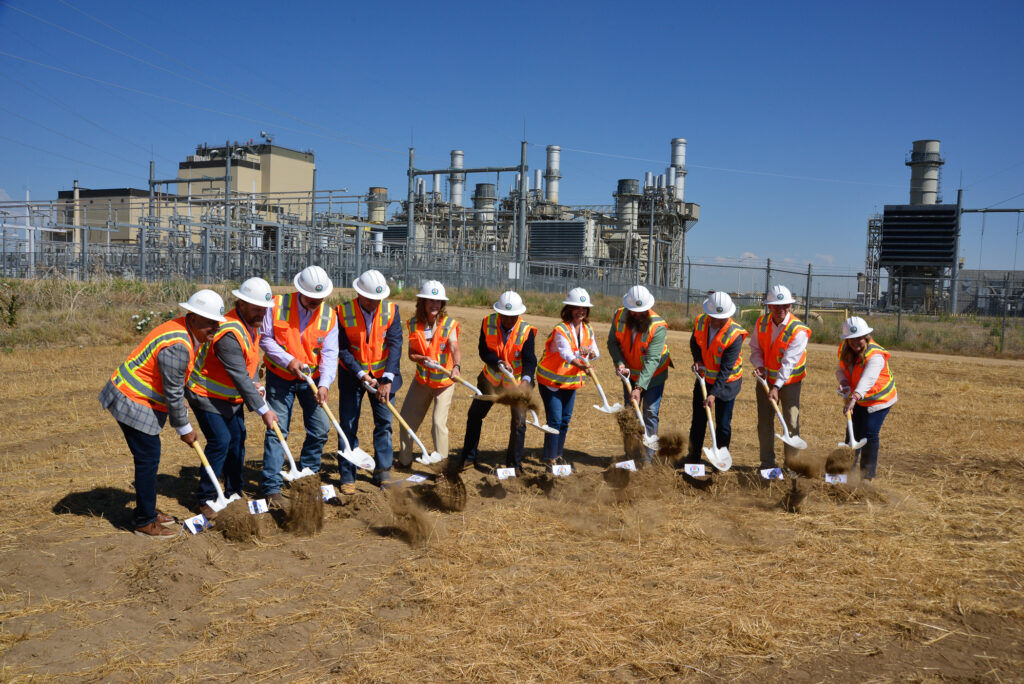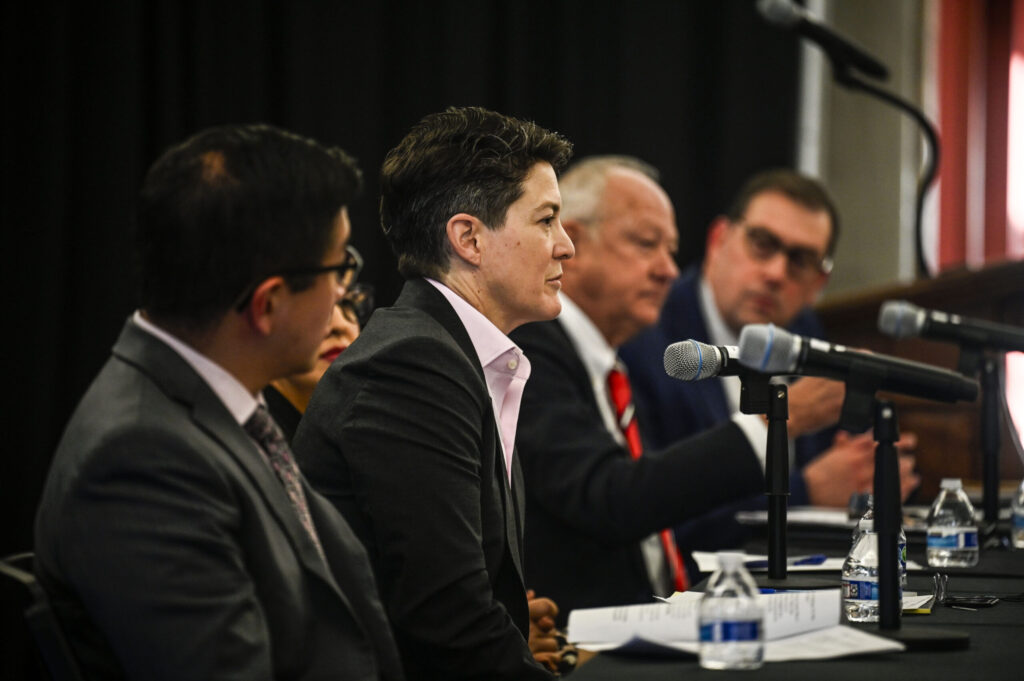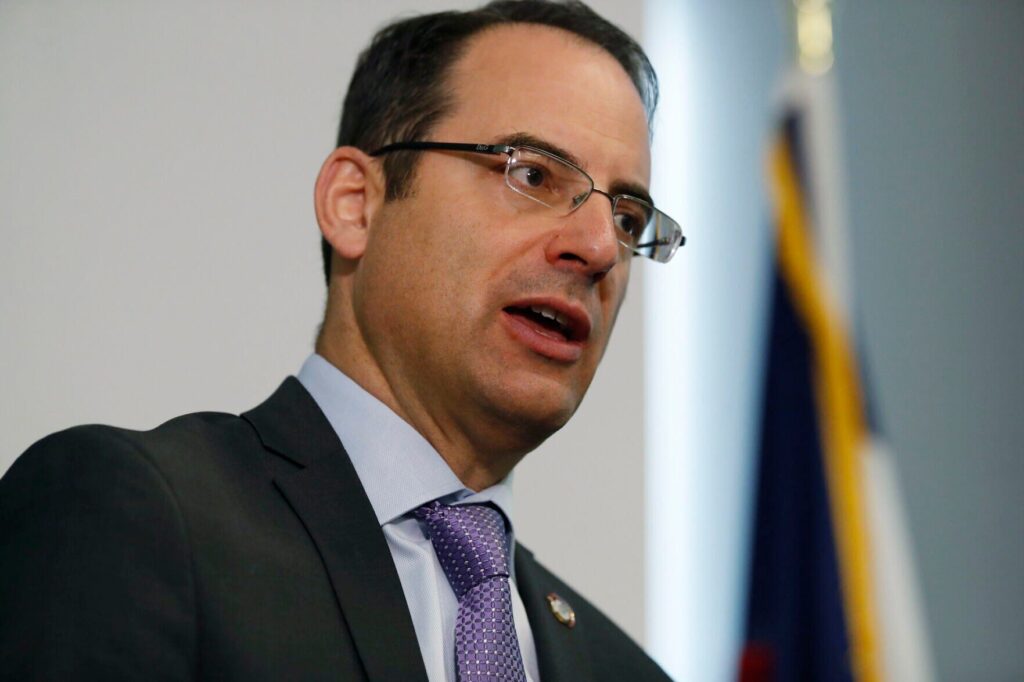Builders say state’s push fails to create more affordable housing

What’s the secret sauce for making homes more affordable in Colorado?
That’s the question that renters are asking when the median price of a home — now $550,000 — ranks Colorado as one of the least affordable places to live in the nation.
Fourth or fifth from the bottom, according to some rankings.
Colorado is imposing a number of regulatory strategies to spur housing development and is now in court against suburban cities over some of them. But builders who work with higher density projects said that the state’s medicine doesn’t treat what ails the market for affordable homes.
“For every $1,000 a house increases in price, 1,300 Coloradans are priced out of the market,” veteran housing executive Randy Carpenter said.
Carpenter, former president of the Home Builders Association of Metro Denver and a former senior executive for two affordable homebuilders, was one of a number of professionals who recently discussed factors that drive up home prices with The Denver Gazette.
Those issues, builders said, often have little to do with the regulatory changes currently being bickered over by state and local governments.
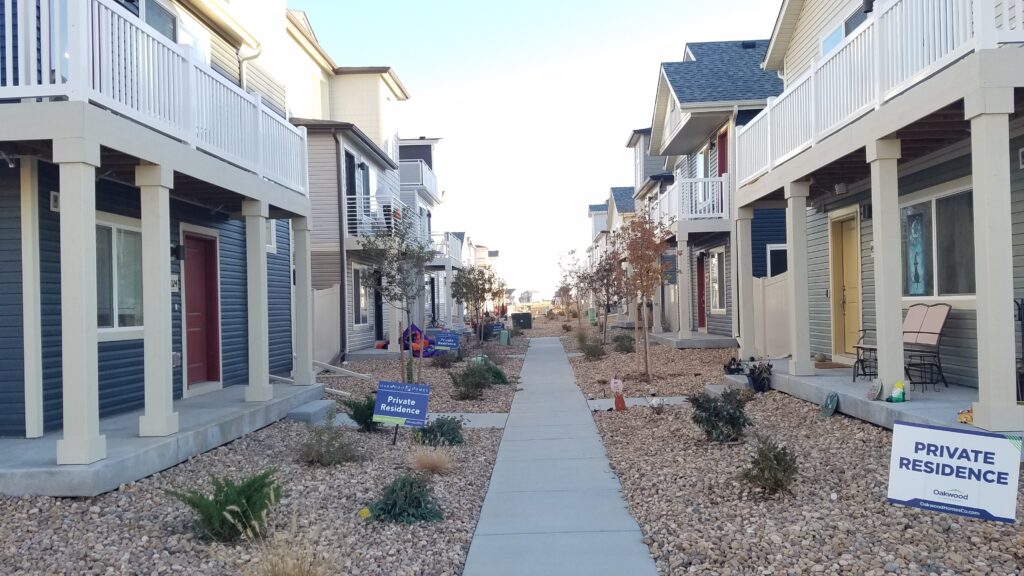
They include the virtual total lack of a housing product that is a route to homeownership in other major cities: the condominium.
“If young people want to buy, condos aren’t really an option here,” said Carpenter, who headed KB Home Colorado before retiring and directed sales for Pulte Homes Colorado.
He said increased fees and regulations are adding to costs.
“I can’t name a major city that has a robust supply of homes without a major condo supply,” said Rhys Duggan, CEO of Revesco, a Denver-based developer now building apartment communities in three city neighborhoods.
CONSTRUCTION DEFECTS
Condominiums were widely offered in Colorado decades ago, but a slew of lawsuits over construction defects plagued builders in the 1990s and early 2000s, largely bringing projects to a halt.
Two rounds of measures passed by the Colorado legislature sought to address the problem, but builders and Realtors said that liability costs remain prohibitive.
“We need to address the construction defects issue; that really needs to be solved,” Duggan told The Denver Gazette.

David Lemnah, president of Lokal Homes, called construction defects litigation a form of ransomware.
“It’s a shakedown game,” he said. “Nothing is more problematic than having claims made against a great project, then see the HOA get an exorbitant settlement, and two years later they’re sitting on a pile of cash.”
Lemnah said that the issue has effectively driven all public builders out of the for-sale multifamily business. He praised some municipalities working to keep the genre viable, noting the efforts by Lone Tree and Colorado Springs, where Lokal has a sole condo community offering.
The problem also carries over to condos built many years ago. Insurance costs related to litigation end up being passed on to condo owners as added association fees, according to real estate agent Jeana Albright.
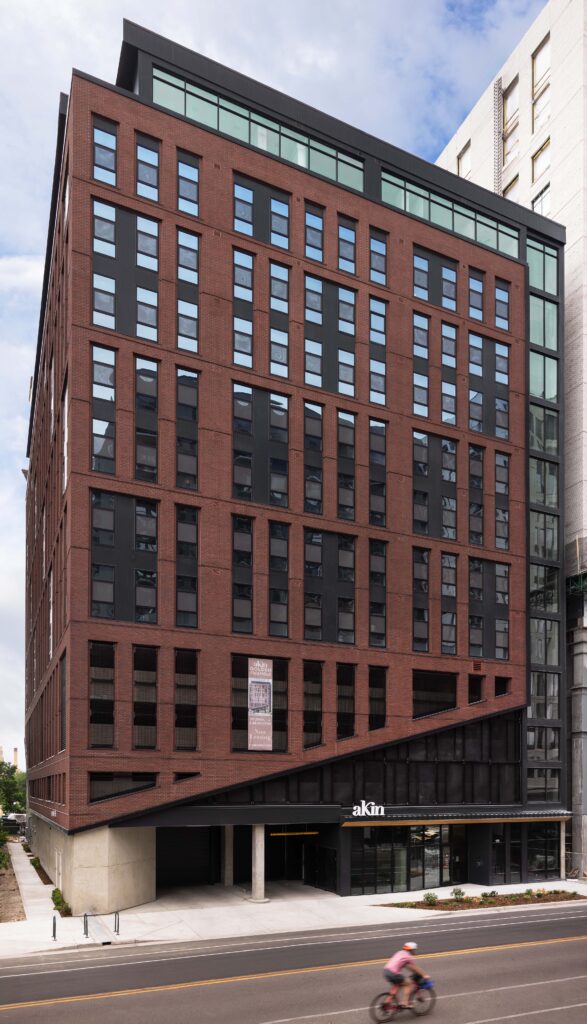
Albright currently has a single-bedroom condo for sale near the Governor’s Mansion at just $200,000. Despite the price, Albright said, the unit has sat on the market.
“The biggest hurdle with condos and older buildings is that the HOAs are higher,” Albright said.
Still, she said, an owner of a property on the market might find the costs less expensive than renting.
Without condo products as an option, development dollars gravitate toward apartments, including huge complexes that have sprouted along freeways over the past decade.
Those communities with hundreds of units, builders said, have become the symbol of affordable development around Denver.
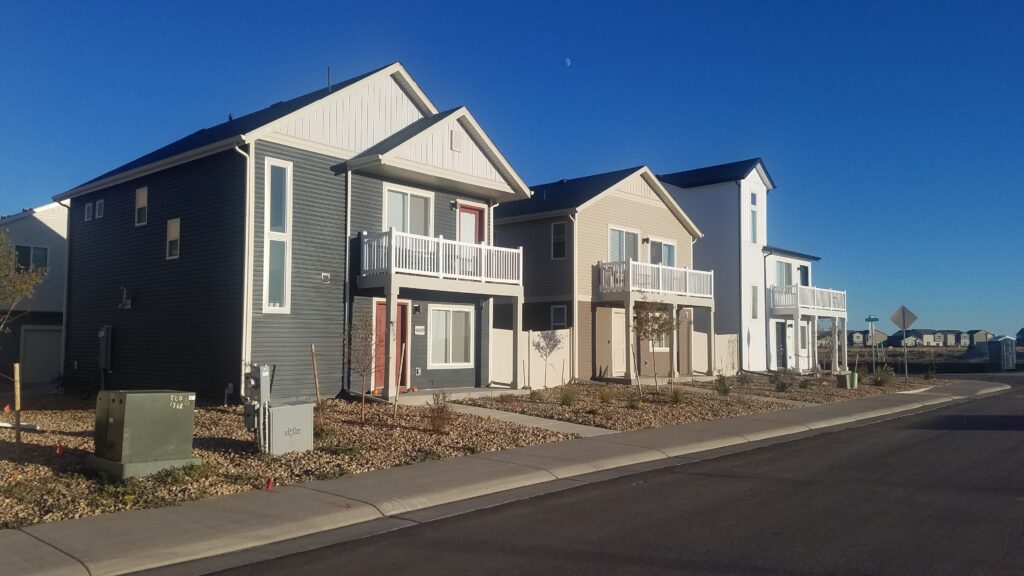
Meanwhile, some builders are delivering affordable single-family homes, townhomes and paired-home designs, typically in further-out locations.
“More people work from home and are flexible to drive a bit further to find affordability,” said Ryan Delp, Denver division president of Oakwood Homes.
THE QUEST FOR ‘DENSITY‘
Both builders and policymakers said they view affordability as a supply-and-demand problem, pushing for more units as the force that would drive prices down.
Gov. Jared Polis and other officials have put a number on the shortfall: 106,000 units.
Maria De Cambra, executive director of the Colorado Department of Local Affairs, has said the state needs to build 34,100 new units a year.
window.addEventListener(“message”,function(a){if(void 0!==a.data[“datawrapper-height”]){var e=document.querySelectorAll(“iframe”);for(var t in a.data[“datawrapper-height”])for(var r,i=0;r=e[i];i++)if(r.contentWindow===a.source){var d=a.data[“datawrapper-height”][t]+”px”;r.style.height=d}}});Meanwhile, Greenwood Village, Arvada, Aurora, Glendale, Lafayette and Westminster are suing the state, countering that mandates promoting “density” violate home rule protections. That has drawn threats from the state to cut some funding to cities that fail to comply with state requirements.
“There’s got to be some state minimum that you can’t actively be part of the problem that makes housing less affordable in our state,” Polis told a TV news crew last summer, as a showdown was unfolding.
Cities affected not only object to the state’s intervention but also argued that the measures effectively do nothing to encourage more projects.
Centennial Mayor Stephanie Piko told The Denver Gazette that the state’s pushback is offensive.
“The state was using language that we’re NIMBYs, that we have a land use problem, a zoning problem, and that’s obviously not the case,” Piko said.
WHAT MAKES A COMMUNITY A COMMUNITY?
Piko showed off dozens of prime acres in Centennial that appear to be just what the doctor ordered for creating density along transportation corridors.
They’re located just west of I-25 and a short walk from a light rail station and are already platted for a mix of office, commercial and housing units. Road infrastructure and utilities are in place.
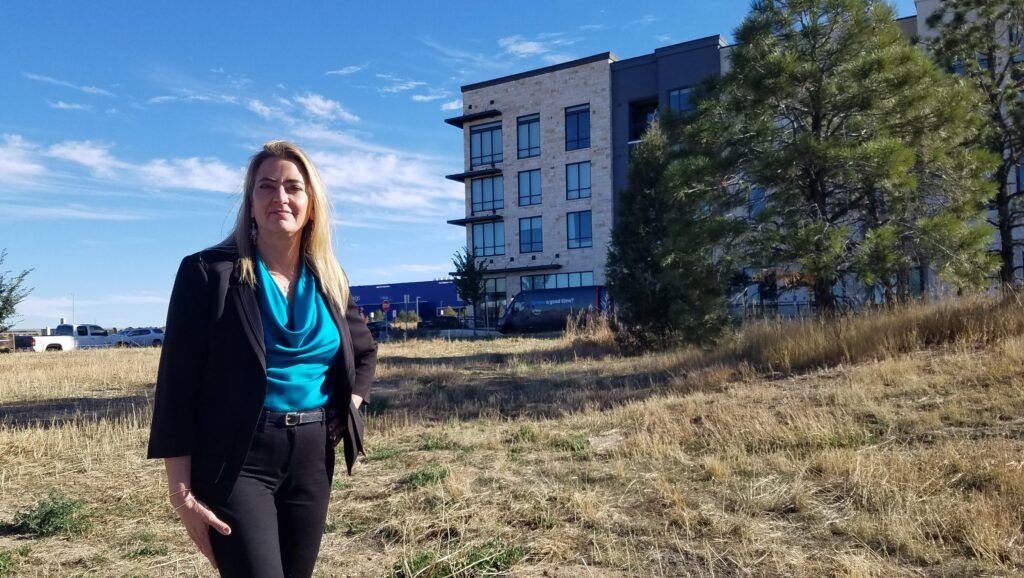
The site north of the landmark IKEA store is called The District, centered in Midtown Centennial, a future city center for the large suburb. Three large apartments have already been built adjacent, but well over a thousand units can still be created.
The district has some amenities that Piko said are essential to new communities that aren’t addressed by the state’s mandates.
Two developers are interested, but, Piko said, despite the infrastructure in place, Xcel Energy can’t commit to deliver power for four to five years.
“The state legislature has made exceptions to make sure you can supply water and that the transportation system works, but they didn’t consider all the other aspects that make a community a community,” Piko said.
“We want to have parks and recreation around the area, we want to have electricity, and to have fiber-optic communications for people who live in the community,” Piko added.
The district has a large park site, as well as nearby offices that could create workplace walkability.
Xcel Energy has issued a “will serve” letter, indicating an intention to provide the capacity. But electric service, Piko said, is far from the only issue that’s working to prevent developers from starting projects on the site.
“Developing along the I-25 corridor involves some of the most complex utility locates that are anywhere you can imagine building,” Piko said.
HANDLING THE LOAD
Centennial, with an estimated 106,000 residents, is seen as one of 15 cities currently in violation of some state housing mandates.
The city is not among the six suing the state over alleged home-rule violations. In June, the Centennial City Council passed a resolution in support of the suit by the plaintiff cities, Piko said.
Meanwhile, she added, surrounding Arapahoe County itself has some 100,000 units approved for residential development that aren’t being picked up by developers.
“If one county has a hundred thousand of them, how many are there across the state?” Piko asked.
A newly released report by the industry research firm Construction Coverage ranks Denver as the No. 12 priciest market in the nation for home price-to-income ratio — roughly twice as unaffordable as cities like Cleveland, Memphis, Baltimore and Indianapolis.
So, how much do policies promoting affordability actually impact prices?
The Denver Gazette reached out to a range of developers and industry professionals for an inside view of whether mandates will improve the market.
Many expressed reticence to go on record about agencies they regularly have to work with.
But from those willing to speak, the answer is that forces work against developers that often have little or nothing to do with the state’s remedies and that mandates aren’t crafted for how the market responds to conditions.
PROBLEMS SPECIFIC TO COLORADO
Industry specialists here said that, while home prices remain stratospheric, apartment rents are falling slightly.
That is the trend nationally, the Wall Street Journal reported last week, as a wave of projects launched four years ago during the pandemic arrived on the market.
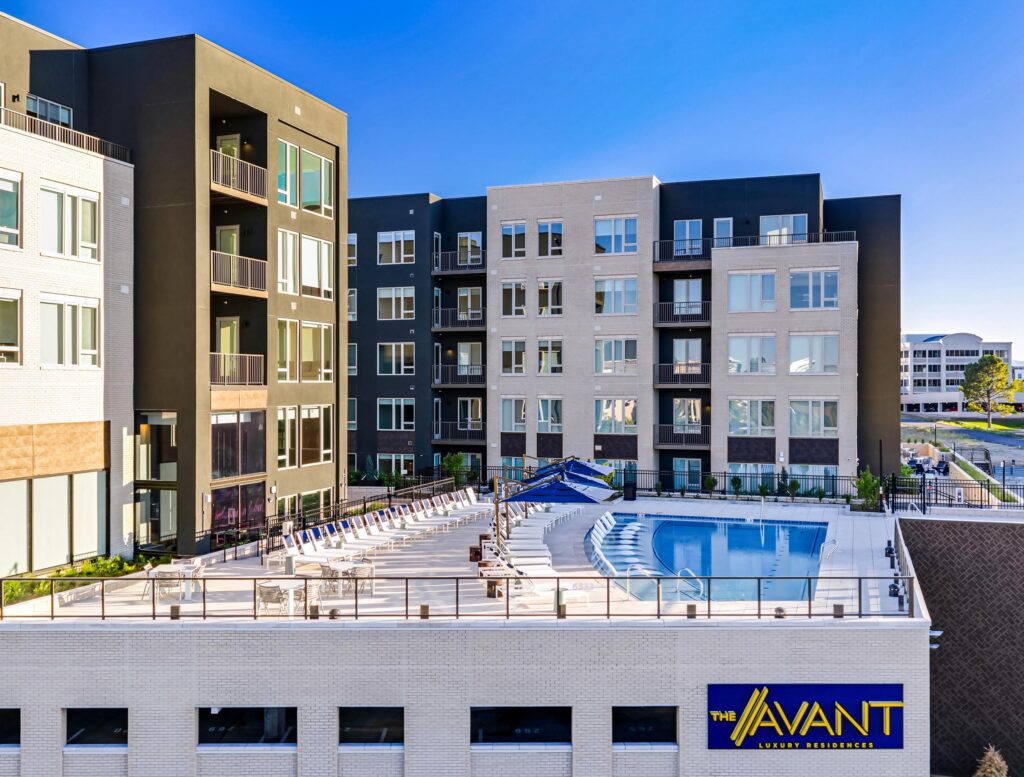
Andrew Hamrick, senior vice president of the Apartment Association of Metro Denver, which represents apartment management firms, said the lower prices are temporary, and that no forthcoming supply is in the pipeline that will keep prices from climbing.
“It’s tapering off,” Hamrick said of apartment units currently arriving. “There is still stuff coming in, but longer term, we see far fewer permits and we see institutional money drying up.”
Helping make the situation less favorable for lower-income renters is that the newest units are often absorbed by renters overqualified for the price they pay.
OVERQUALIFIED RENTERS
“What’s wrong with the housing market,” Hamrick said, “is that wealthier people are cannibalizing what should be available for less wealthy people.”
That effectively takes less qualified renters out of the bidding for those units.
The solution?
“We need more housing,” Hamrick said.
But developers and their investors are reading the slower absorption rate and are penciling it into their project plans. And they’re perceiving a regulatory climate here that builders said is less than inviting.
“We see institutional money drying up,” Hamrick told The Denver Gazette. “A lot of investors can get a better return by going to Utah or Texas. This money is internationally sourced, so in some ways we’re competing against Utah, Texas and anywhere on the planet.”
Revesco’s Rhys Duggan just completed two boutique-sized apartment projects in Denver’s Golden Triangle and Berkeley neighborhoods and has a third heading for Bonnie Brae.
Lease-up on Akin Golden Triangle is moving ahead, but Revesco is launching a sweepstakes with a grand prize of $50,000 to spur faster absorption.

“We’ve seen rents decline dramatically since we wrote this deal,” he added.
‘GENTLER DENSITY‘
Duggan said the rise in Denver housing prices follows what were some very good years for builders and homeowners.
“Like a lot of cities that are desirable, we’ve been a victim of our own success,” he said. “How is investment capital looking at Denver now? Skeptically.”
But he added, “I’m a fan of density. It’s density that keeps the cities the city.”
However, he said, Colorado has been slow to adopt models of what he calls “gentle density.”
“People have a perception of density as big buildings,” he said. “Developers here have done these large-scaled 300-to-400-unit apartment buildings, but there are other ways. We, as a region, have been slow to adopt alternatives to that.”
“There’s a lot of push-back,” Duggan added. “Single-family residents think they’re being threatened. We should be looking at densifying where it makes sense. If we do this smartly, we can avoid that.”
He sees his boutique-sized Akin projects, 60 to 90 units, as a remedy.
“Instead of massive multifamily projects that are not in scale, let’s build smaller projects that are well located, where the city is the real amenity,” he said.

Duggan said that a greater residential presence in downtown is crucial to a turnaround, which he calls one of the worst markets that any downtown core has had to face.
“If we want to future-proof our downtown, we need to increase our residential core,” he said. “All great cities have a substantial downtown core. We need to three-x what we have today.”
CUTTING PERMIT COSTS
He and other builders said that administrative turnaround times in Denver are holding back new projects.
“Permitting timelines were a real problem going back three years,” Duggan said. “Permit times have gotten better (but) partly because applications are down.”
“Every day longer is an expense,” added another construction professional, who declined to be named. “Capital markets are reticent to invest, and money and material costs are expensive. The way the city can partner with us is to cut concept time and permit review time.”
Carpenter said he has seen costs grow as he directed affordable projects.
“In its day, the city of Denver was pretty reasonable; water and permits were reasonable,” he recalled.
Now, he said, those costs add substantially to the burden on buyers.
“When you go out to Castle Rock, and permits and fees are well over $l00,000, that homeowner will be paying $700 a month just to cover that,” he said.
Lemnah, who was HBA president two years ago, said that along with construction defects litigation, the issue of fees has become a major affordability roadblock.
“Things don’t get less expensive just because you have a smaller unit. The math only works one way,” he said, noting that permit costs for a small unit can be as much as for a larger one.
Sitting atop housing mandates are energy requirements for large-scale buildings adopted by the state and Denver, both of which have required sweeping reductions in energy use and greenhouse gas emissions by larger commercial buildings, others have previously said, adding these changes would significantly add to costs, which will be passed down to consumers.
The Energize Denver ordinance, adopted in 2021 and enforced by Denver’s Office of Climate Action, Sustainability and Resiliency (CASR), requires buildings sized 25,000 square feet or larger to slash emissions 30% by 2032 and by 80% by 2040.
Meanwhile, a bill passed by the legislature in 2021, issued as Regulation 28 by Colorado’s Air Quality Control Commission in 2023, mandated 7% reductions in buildings of 50,000 square feet and larger by 2026, and 20% by 2030.
DRIVING FURTHER OUT

Some builders continue to deliver affordable homes, but in locations further from the city, where land and impact fees are lower and where commuters travel greater distances for work.
Over a 35-year history, Oakwood Homes has kept prices centered for average-income buyers, typically in northeast metro locations where land costs have been lower.
Right now, that includes a “Muir” plan at Oakwood’s Muegge Farms in Bennett, off I-70 near Front Range Airport. It’s a single-family home designed for a smaller site: two bedrooms and two baths, plus a two-car garage, priced at $342,990.
That’s $300,000 less than the $638,250 median priced single-family home in the Denver area last month.
The Denver Gazette talked to one homeowner who said that the commute to Bennett from her job in Boulder was worth the trade off because the cost of owning a home there is virtually the same as renting closer to town.
Oakwood has similar collections at Thompson River Ranch, 30 miles up I-25 from the 470 beltway, and closer-in starter homes and retirement ranches at Green Valley Ranch, where it began building in 1990, now pushing east from Denver into Aurora.
Delp said that making that model work requires focusing on favorable locations but still creating amenities that buyers want nearby. Oakwood also designs homes to make the most of smaller sites.

“The goal is to maximize livability within a smaller footprint, but that doesn’t mean you need to sacrifice affordability for livability,” Delp said.
Lemnah said he hopes Colorado can turn the corner and become competitive for more affordable homes.
“We want to see opportunities for our kids. I don’t know of another location that is this expensive that is not a coastal state,” Lemnah said.
He added, “Homes are where jobs go to sleep at night. Without homes you don’t get jobs.”




